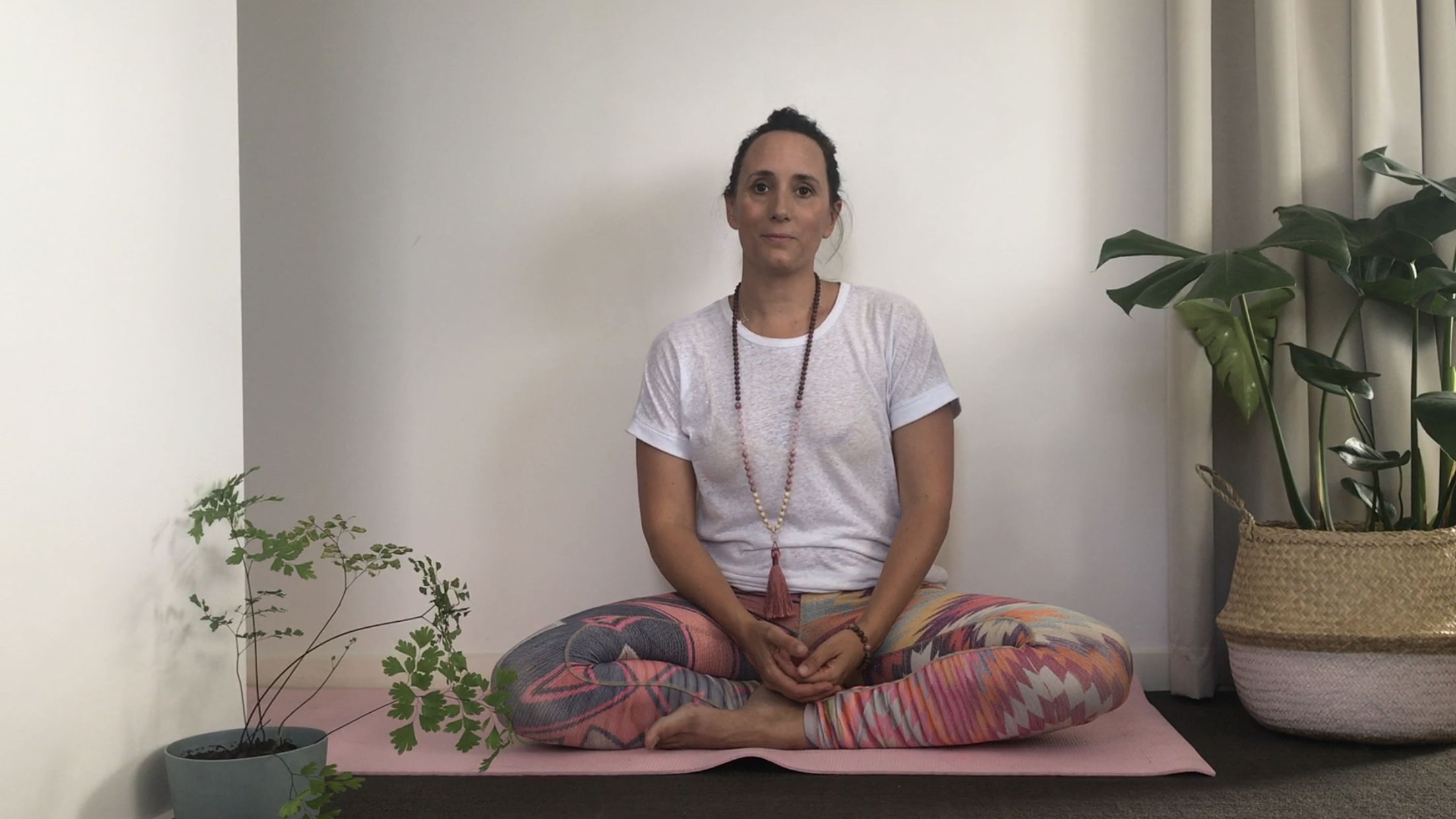Pelvic pain is a condition that affects 1 in 12 Australian men, yet it remains widely misunderstood and often misdiagnosed. Pain can occur anywhere between the belly button and the SIT bones (the bony structures at the base of the pelvis) and, if it persists for more than six months, it is classified as chronic or persistent pelvic pain.
Unlike many other pain conditions, male pelvic pain doesn’t always show up on routine scans or medical tests. This often leads to frustration, misdiagnosis, and ineffective treatments. This significantly affects a man’s quality of life. However, with the right approach, pelvic pain can be managed and improved. At Eastern Osteopathy, The Pelvic Place Melbourne we pride ourselves in addressing your pelvic pain using our osteopathic foundations and pelvic health training to holistically address your concerns
What Does Male Pelvic Pain Feel Like?
Pelvic pain can manifest in many ways, and every man’s experience is different. Some of the most common symptoms include:
Pain when sitting – discomfort in the tailbone (coccyx), perineum, rectum, or genitals.
Pressure, throbbing, tingling, or burning sensations – felt anywhere in the pelvis, including the penis, testicles, urethra, tailbone, or rectum.
Bowel issues – such as rectal or anal pain, difficulty emptying the bowels, pain during bowel movements, or trouble passing wind.
Bladder problems – including bladder pain, frequent urination, reduced urine flow, or a feeling of incomplete emptying.
Sexual pain – discomfort during or after intercourse or with ejaculation.
Mental health challenges – anxiety, depression, and high stress levels are common in men experiencing pelvic pain.
Why Is Male Pelvic Pain So Hard to Treat?
One of the biggest challenges with pelvic pain is that it often doesn’t have a clear, identifiable cause. Many men undergo multiple medical tests—such as scans, ultrasounds, or blood work—only to be told that everything looks “normal.” This can be incredibly frustrating and disheartening.
However, just because pelvic pain doesn’t appear on a scan doesn’t mean it isn’t real. In many cases, the pain is related to muscle tension, nerve irritation, postural imbalances, or stress-related factors, rather than an obvious structural issue. That’s why an integrative approach—which looks at the whole person, rather than just one part of the body—is often the key to effective treatment.
An Integrative Approach: How Osteopathy Can Help
At Eastern Osteopathy, we assist with male pelvic pain through a holistic and evidence-based approach that combines osteopathy and pelvic health. Rather than focusing only on the site of pain, we assess the entire body, looking for underlying issues that may be contributing to your symptoms.
What Does Treatment Involve?
Each treatment plan is tailored to the individual, but it may include:
✔️ Hands-on manual therapy – to release muscle tension, improve blood flow, and reduce nerve irritation.
✔️ Postural and movement retraining – to correct imbalances that may be putting strain on the pelvic region.
✔️ ️ Breathwork and relaxation techniques – to address stress-related tension in the pelvic floor.
✔️ Bladder and bowel retraining – to improve symptoms related to urination and digestion.
✔️ Lifestyle and ergonomic advice – to help manage pain triggers, whether it's sitting posture, physical activity, or stress levels.
✔️ Collaboration with other healthcare professionals – including GPs, psychologists, or pain specialists when needed.
The Mind-Body Connection in Pelvic Pain
Many men are surprised to learn that stress, anxiety, and past trauma can play a significant role in pelvic pain. The pelvic floor muscles respond to emotional stress just like any other muscle in the body—by tightening up. If this tension becomes chronic, it can lead to persistent pain, urinary problems, and sexual dysfunction.
That’s why our treatment approach focuses not just on the physical symptoms but also on nervous system regulation, relaxation techniques, and stress management to help break the pain cycle.
Regain Your Quality of Life
Living with pelvic pain can be isolating and frustrating, but you don’t have to go through it alone. With the right treatment and support, it’s possible to reduce pain, improve function, and reclaim your quality of life.
If you’re experiencing pelvic pain, we’re here to help. Kathryn, Meg and Rose will take the time to understand your symptoms, assess your condition thoroughly, and create a personalized treatment plan that supports your recovery.
Don’t let pelvic pain control your life—take the first step toward relief today. Book an appointment with one of our Osteopaths today and start your journey to feeling better.


